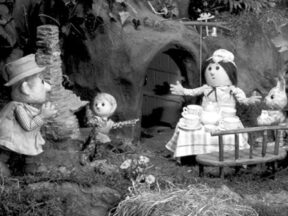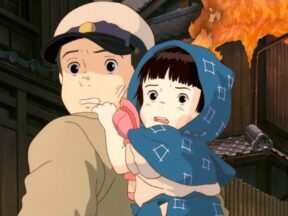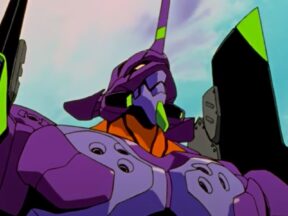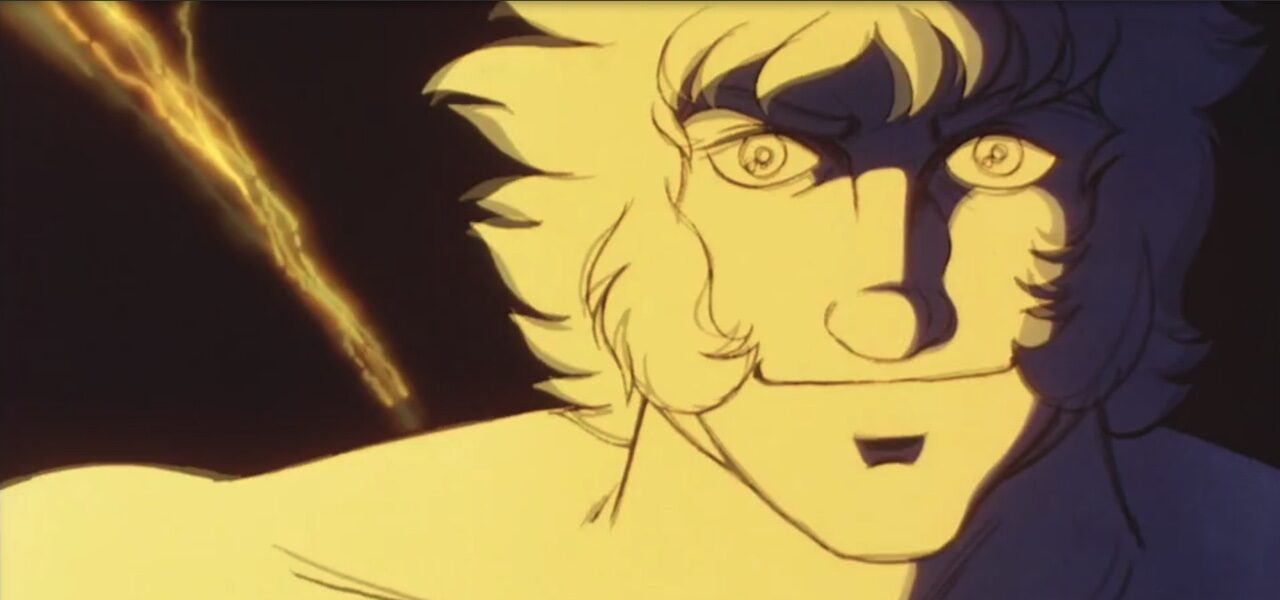
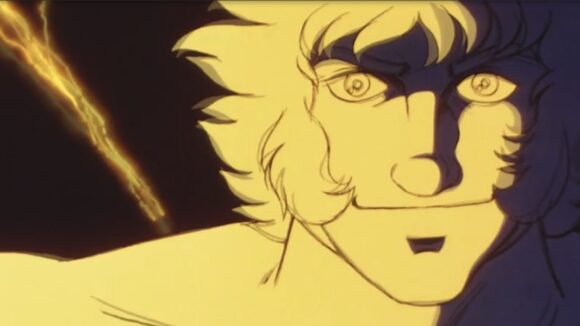
The Animation That Changed Me: Peter Chung on ‘Space Adventure Cobra’
Peter Chung joins us for a galactic trip in this week’s edition of The Animation That Changed Me, a series in which leading artists discuss one work of animation that deeply influenced them.
Chung is well known as the creator of MTV’s Æon Flux. He also directed Cartoon Network’s tv film Firebreather, for which he won an Emmy for character design, and the “Matriculated” segment in the Matrix spin-off The Animatrix. Chung co-designed the characters in Nickelodeon’s Rugrats, and served as lead character designer on series including Teenage Mutant Ninja Turtles and the Japanese-Korean production Reign: The Conqueror.
His choice is Space Adventure Cobra (1982–83, also known as Space Cobra), an anime series directed by Osamu Dezaki and Yoshio Takeuchi, and produced by Tokyo Movie Shinsha (now TMS Entertaiment). Based on Buichi Terasawa’s manga Cobra, the series follows the exploits of a Bond-like spacefarer and his partner. Below, Chung tells us how it taught him what it means to be a director …
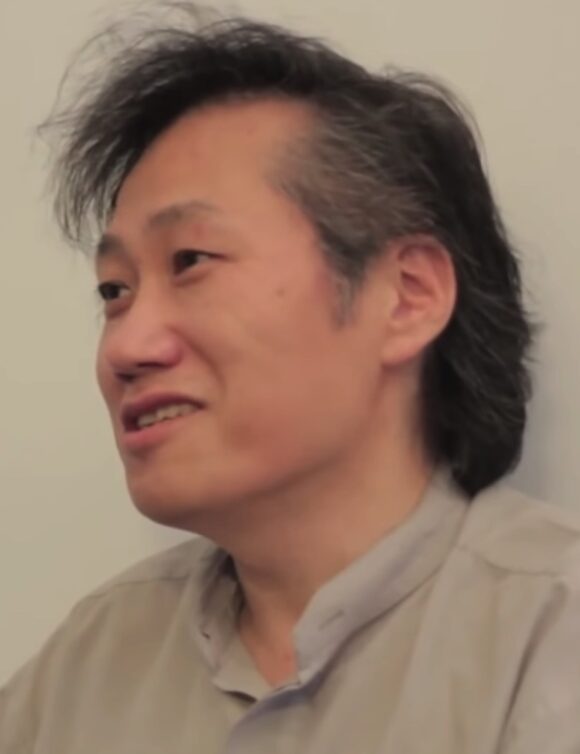
Peter Chung: I first saw [Space Cobra] when it first came out, when it was airing in Japan, which I think was around 1982–83. I was a big fan of Japanese animation. The only way you could see Japanese animation in the early 1980s was: you had to get VHS tapes somehow from somebody who was taping them in Japan. There used to be a group of fans who would trade tapes and they would hold screenings, and I used to attend them. I saw [the show] for the first time, I think, in one of those screenings. And then I acquired copies for myself and watched them over and over again on my own.
I was working at Disney Studios and I was really immersed in that culture of character animation — that approach to “the illusion of life.” I knew at the time that, ultimately, I wanted to be a director. I think I had a vague idea of what that meant. But the reason why I chose Space Cobra was: I think it was the first time that it really became clear to me what a director does, and how that is distinct from [animating]. And I think that very often, especially with young animators and animation students, they tend to focus on the quality of the animation itself and they will forgive mediocre or indifferent directing if the animation is good.
I wasn’t really cut out to be an animator in the classical sense. It wasn’t really performing through my drawings that interested me so much as telling an overall story — giving the audience an overall experience — through a film as a total piece. Watching Space Cobra made it really, really clear that you could do that without producing highly polished animation.
I have to apply so many conditions to that. For one thing, I was watching [the episodes] untranslated — I don’t speak Japanese. The ability to convey the subtext of the story purely by cinematic means … There was such a precision in the way that the cuts were arranged, and the camera angles and camera movement.
[Osamu] Dezaki would be constantly surprising you. He was able to do all the things that I think animators are trying to do through their animation, but he was doing it through the storyboard. It really made me want to experiment a lot more with storyboarding, and soon after I started studying it.
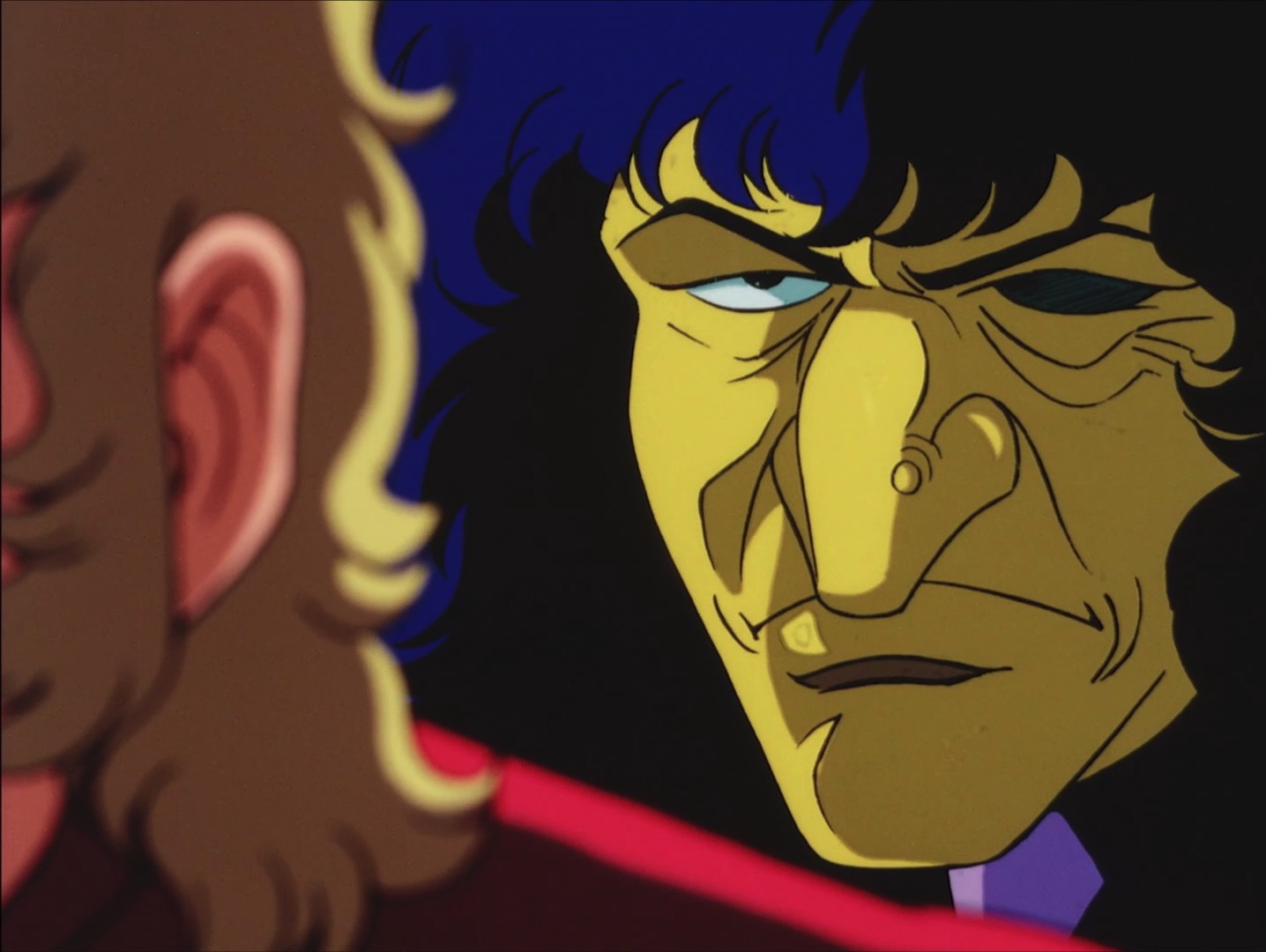
What I love about his work is that it’s very patient. He knows how to build expectations and to build a swell of emotions. He was absolutely fearless in terms of trying out sometimes very strange camera techniques. Which for me was very inspiring, because it really made me question a lot of the conventional wisdom that gets handed down, especially when you’re working at a studio.
I learned a lot [from watching Dezaki’s work] about using rhythms in cutting and allowing a story point to develop naturally and gradually. I find that with a lot of American animation, there’s this real terror — and this is kind of a strange way of putting it — of being boring, so they’re constantly having to entertain you at every moment. They’re constantly having to be active.
I find that it gets tiring a lot of times: it’s almost like watching an eager puppy who’s trying to please you at every moment, and they just won’t sit still, and you just want to tell them to just calm down, but they won’t. Especially with a lot of Hollywood animated features: I feel like they’re just so stuffed with little pratfalls and throwaway bits of business.
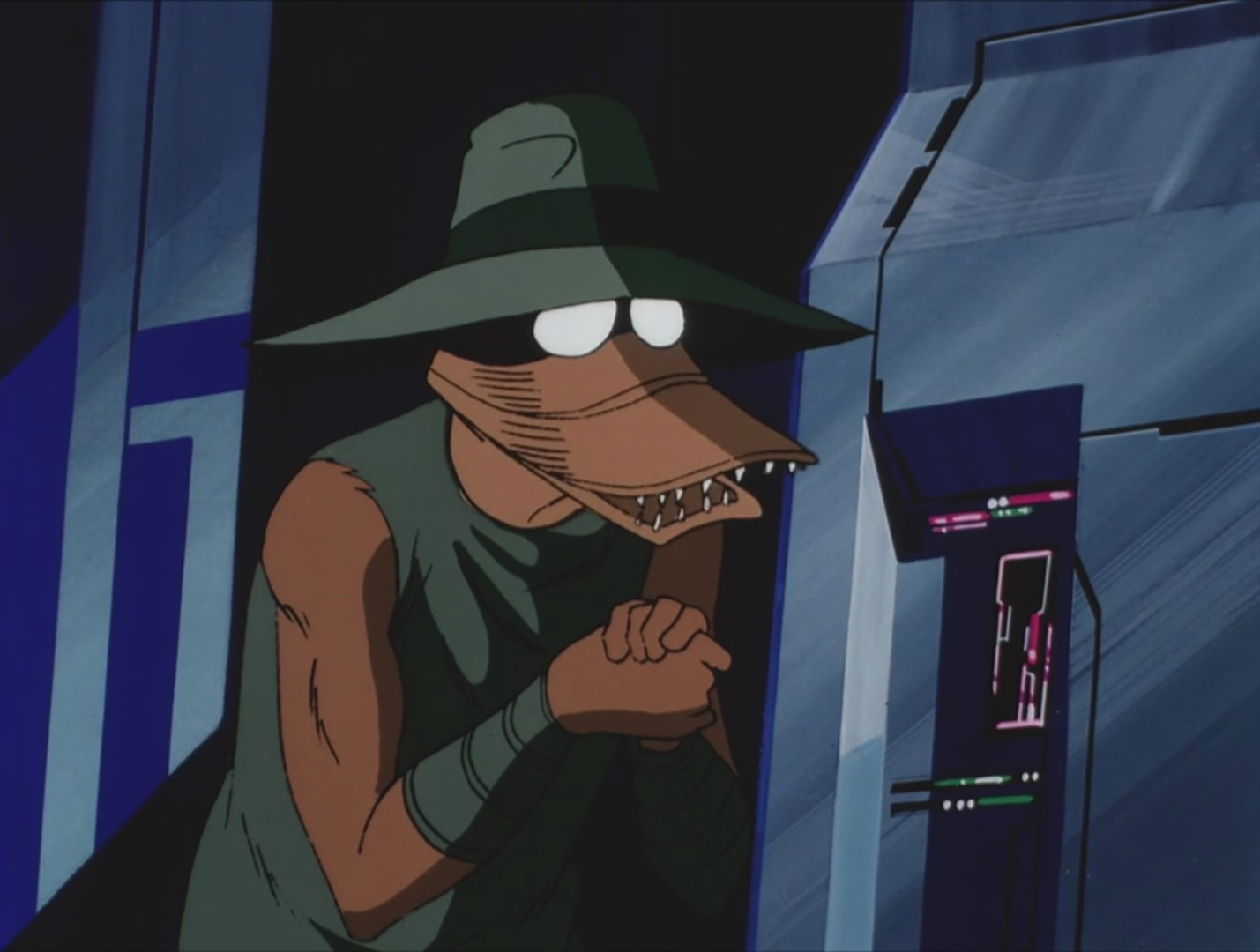
And the same is true with a lot of tv, because I do work a lot in American television. There’s this need to never allow the audience to be the slightest bit confused or mystified. There’s this constant need for absolute clarity, and to have everything explained and spelled out. One thing that bothers me is just always being on the character’s face.
What I really appreciate about [Dezaki and other Japanese directors] is that they understand the importance of negative space — that when you need for a close-up of a character to register a key emotion, you’re going to dilute that by being on the face constantly. You need to cut away from the face so that when you are showing the face, the face has impact. So you’re thinking about the totality of the viewing experience as opposed to thinking of it as being a need to deliver at maximum at every moment.
What’s interesting is that when I went to Japan to work during the 1990s, I spoke to other professionals working in the Japanese animation industry. All the directors — every single one, without exception — cited Dezaki as their inspiration. He really, I think, had a lot to do with what we identify as the Japanese animation style of directing. He innovated a lot of the techniques and methods that they use, but he’s pretty unknown outside of Japan.
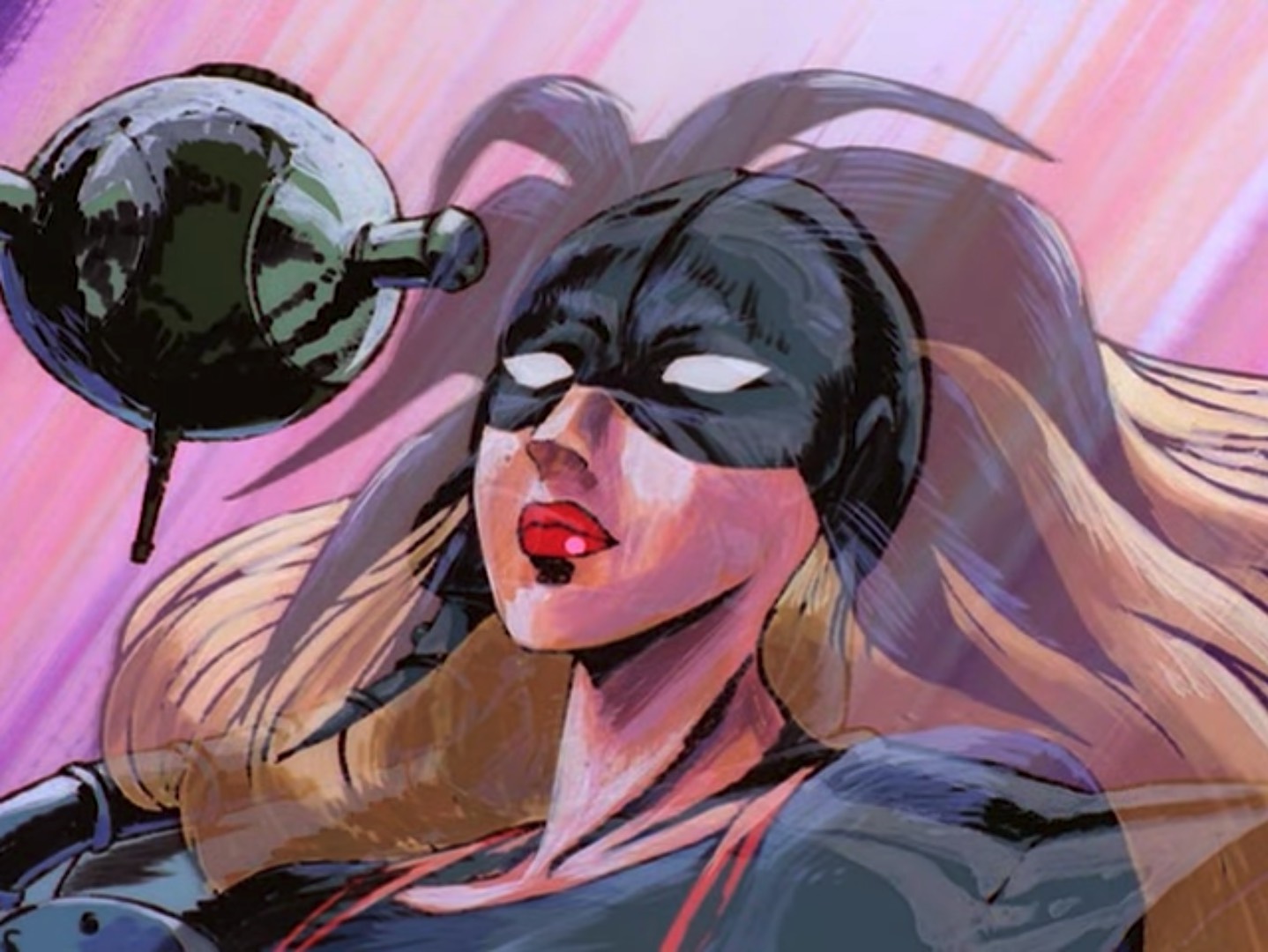
I think that [more widely known directors] like [Hayao] Miyazaki and [Mamoru] Oshii and Satoshi Kon and [Katsuhiro] Otomo: in a way, those directors are much more reliant on good animation, or at least they combine … What strikes me about Dezaki is that, a lot of times in his films, the animation is nothing special. It’s clean … What I like about it is that it doesn’t have a lot of adornments to it. All the adornments are in the storyboard or in the directing, and I think that for that reason he’s maybe the most Japanese of those directors.
It’s a mortal sin in Disney-style classical animation to make your audience think that they’re looking at a drawing. You’re trying to hide the fact that the characters are made of drawings at all times. When I was at Disney Studios, I was excited about a lot of Japanese animation that I was seeing, and I tried to share it with some of the American animators. And for the most part, they just did not respond.
The only one that they responded to was Miyazaki. And I should mention also, actually, that the first time John Lasseter saw Miyazaki’s animation was [when] I brought some VHS tapes to Disney Studios and showed a lot of the guys Miyazaki films for the first time. That was the first exposure they had.
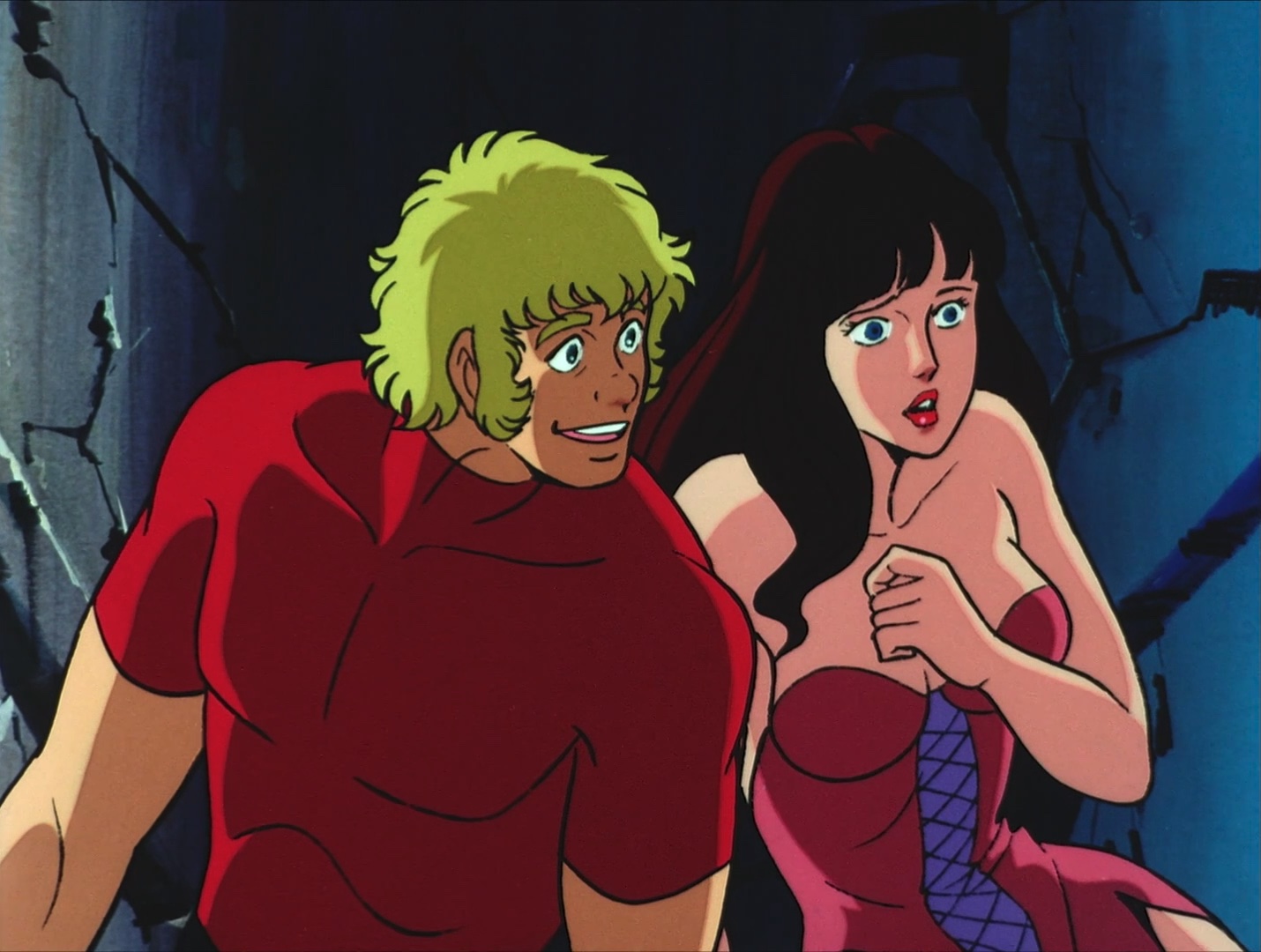
I was not able to understand what they were saying [in Space Cobra], and so it forced me to search for clues and look very deeply into the visuals. To be honest, I have not been motivated to seek out English translations of them. I’m familiar with the stories, because I was familiar with the comic book series that it’s based on — I have not read a translation of it, to be honest.
My interpretation of what it is is: it’s not a deep story in any way. And I think that for that reason, it gave Dezaki the chance to be really, really playful with it. That’s the other thing that I find inspiring about it: in spite of the text itself not having any kind of deeper purpose than to be escapist, I found that, purely in the way the director decides to tell the story, it became a means for personal expression for an artist.
I happen to see [the craft of directing] as a form of expression in and of itself, the same way that you can appreciate the technique of a painter, regardless of what the subject matter is that he’s painting. What I like about [Dezaki] is that there’s an earnestness, there’s a sophistication, but there’s also a naiveté in the sense that he doesn’t recognize any kind of rules. And that he respects his audience, which I find very, in a way, touching. That’s a strange way to put it.

When I make a film, I’m hoping that I can deliver to an audience something that really startles them, astonishes them, that really makes them feel like they’re discovering something. To me, that’s my whole motivation for seeking out works of art and being interested in a particular artist: they can show me things and make me realize things that nobody else can.
I don’t believe that the artist’s role is to deliver any kind of moral or political message. I think that people have a misconception that that’s what an artist’s role is: to be a moral teacher. I don’t see that as the function of art at all. And I think if that becomes your goal, you very often end up making propaganda instead of art.
Chung’s answers were edited for brevity. “Space Adventure Cobra” is available on Blu-ray and Amazon Prime Video.

.png)
